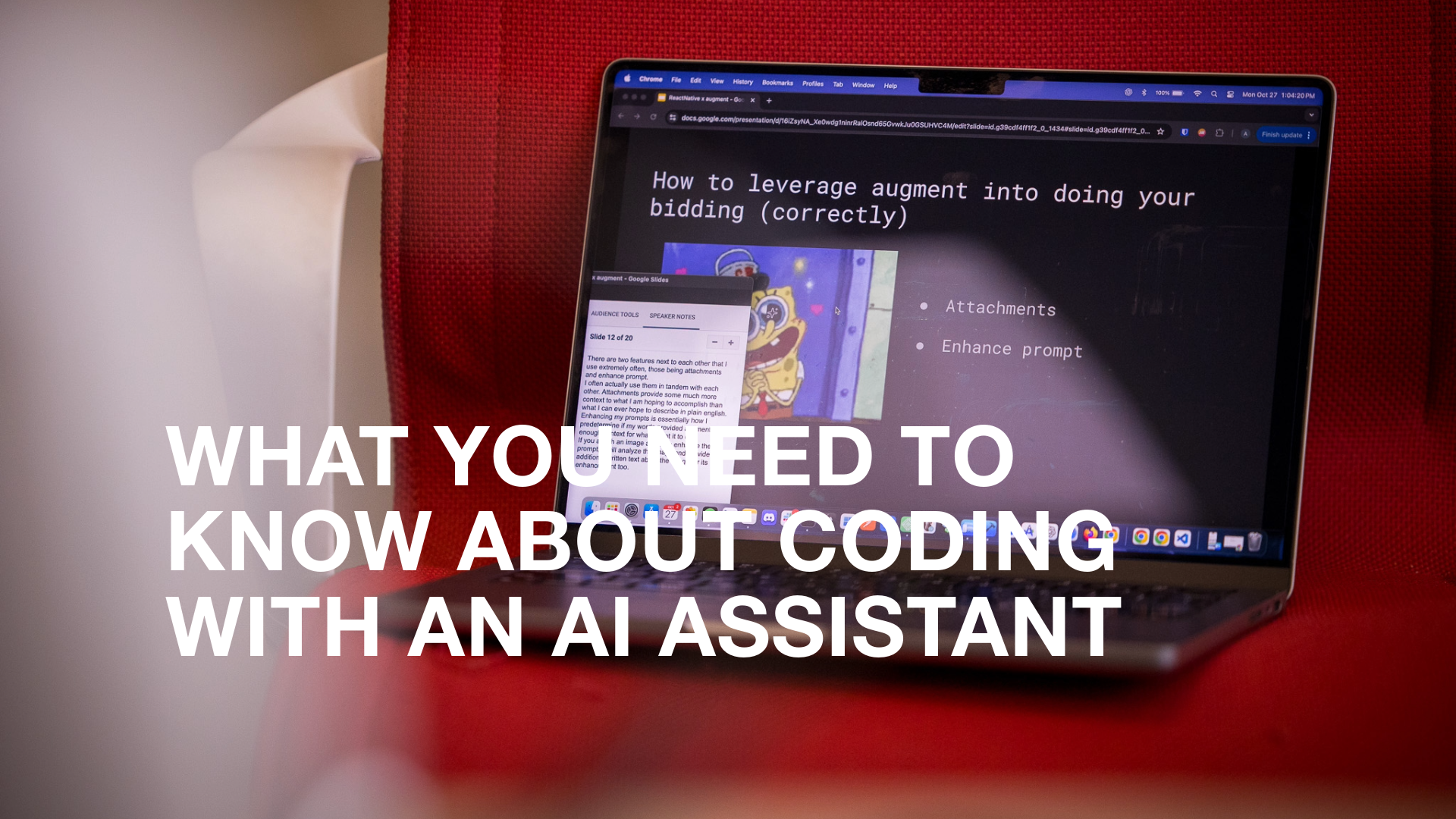BitBakery has been working digital by default since day one as virtually embedded teams for our clients. We understand the importance of team collaboration and consistent design.
For a long time, programs like Sketch, Balsamiq and Adobe XD have been the de facto design and prototyping choice for UX and UI designers. Lately, we have seen some new tools competing for the crown, like Figma.
“At first I was skeptical, why do we need another design tool?” said Attilla Schmidt, BitBakery’s Director of User Experience. “The reality is, in addition to all these great tools, Figma adds a lot of value on top of these existing solutions.”
For those skeptical of another new design tool, we’ll explain how Figma simplifies the design process. We’re also going to look at how it’s more effective than other programs at helping designers and teams work together efficiently. As remote teamwork becomes the norm, we recommend considering Figma as your go to tool.
Here’s why:
Performs like a desktop app– on the cloud
Because Figma is web-based and not dependent on an actual desktop application, you can login from any browser. Macs, Windows PCs, Linux machines, and even Chromebooks can be used with Figma– all in real time. This makes collaboration between developers and designers seamless– and you don’t have to download or pay for a separate application to hand off files or view updates.
Even while working on large, medium to high fidelity projects, Figma performs at an impressive speed. “They’ve really done something magical here. I’ve never seen anything this robust on a web app,” said Schmidt. “It feels snappy, fast and modern, just like a desktop application.”
How can it be so fast on the web? Figma is backed by a powerful 2D WebGL rendering engine that supports very large documents at a high performance level. Plus the fact that Figma is web based comes with special perks, like real-time updates and seamless collaboration.
Unmatched collaboration
Ease of collaboration is one of Figma’s greatest strengths, setting them way ahead of the crowd.
Because it’s web-based, you can think of Figma as the Google Docs of design. It’s simple and familiar design is constantly updating, so you won’t run into an issue of not being able to see changes. People viewing and editing a file are shown in the top of the app as avatars and each person also has a named cursor, so tracking who is doing what is easy.
Even if you’re in a separate location from your team you can still have a sit-down meeting where you’re both looking at the same thing. The team can make suggestions, and you can implement it right there and then. This makes Figma perfect for remote work.
Design leads can even check in to see what the team is designing in real time. If a designer somehow misinterprets the brief or user story, this feature allows the lead to intervene, correct course, and save countless hours that would have otherwise been wasted.
Design without restraints
Figma is built to simplify your entire product design workflow. Because you can create and collaborate on a single file, you can prototype and gather feedback through pinned comments easily, grabbing all the code snippets and specs you need for development.
Even the challenge of modifying existing components without breaking anything is solved with Figma. All of your work is always up-to-date because everything is saved in the cloud. This means your design can be modified without ever breaking the original and changes are automatically applied across the board.
“If you have a little bit of foresight, it can be really flexible in the long term to easily roll out components.” Said Schmidt.
Still skeptical?
Figma is worth trying out for anyone working in the digital space (and offers a free trial to test it!) Even if Figma is not the tool for you, it is important to have a working knowledge of the major tools and latest technology to make you more marketable to clients and potential employers.
Figma has been around long enough to earn a solid reputation among designers and developers and can be a solid addition to your design toolkit. If you want a cloud-based tool and need something that puts emphasis on collaboration, Figma is likely the right choice for you.




